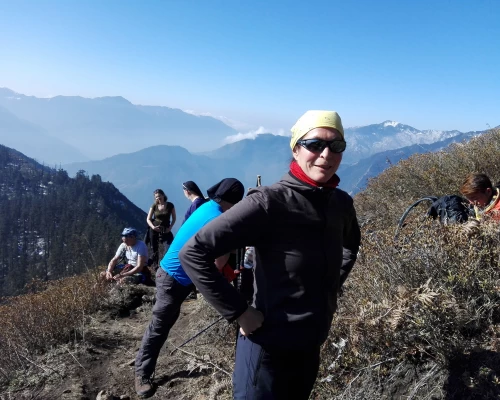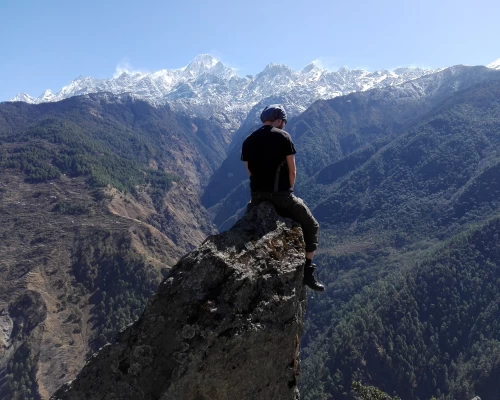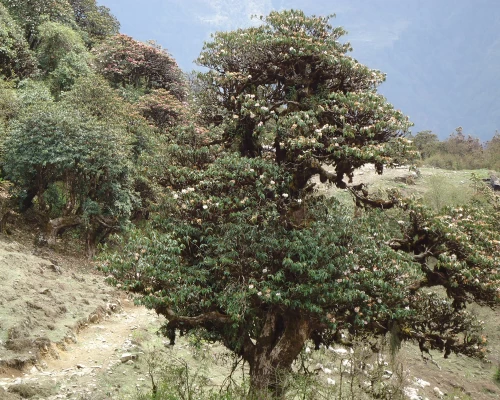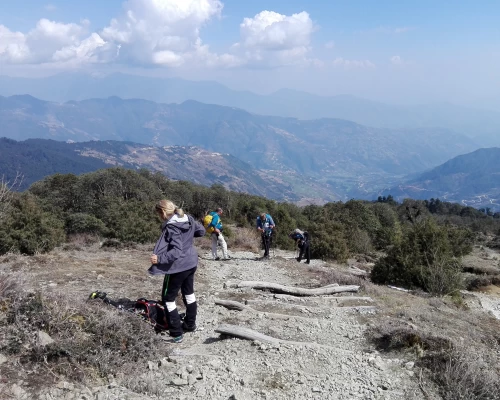Difficulty
The Helambu trek is generally considered a moderate-level trek. It involves hiking through varying terrain with uphill and downhill sections, some of which can be steep or rocky. But it is less challenging than other high-altitude treks in the Himalayas.
Duration
Shorter options are available for those with limited time. The trek varies in length, typically ranging from 5 to 10 days.
Generally the following permits are required for the Helambu Valley Trek:
- Langtang National Park Entry Permit: The Helambu region falls within the Langtang National Park. This permit helps ensure the safety and security of trekkers inside the park.
- Shivapuri Nagarjuna National Park Entry Fee: You will likely enter the Shivapuri National Park area from Sundarijal, where you'll need to pay an entrance fee.
- Trekkers' Information Management System (TIMS) Card: This card is not actively applied, but the department is announcing it is essential for trekkers in Nepal.
Best Time for the trekking in Helambu Valley
The spring (March to May) and autumn (September to November) seasons are considered the best times for the Helambu Valley Trek.
Spring (March- May): Offers moderate temperatures, blooming rhododendrons, and clear mountain views.
Autumn (September-November): Provides stable weather, clear skies, and excellent visibility after the monsoon rains.
Winter ( December- February): It is also considered the best time for the best views in this valley; the temperature can be colder, and possible to have snow at higher elevations. But it is riskless from the snow.
Monsoon (June to August): can mean slippery trails and leeches












